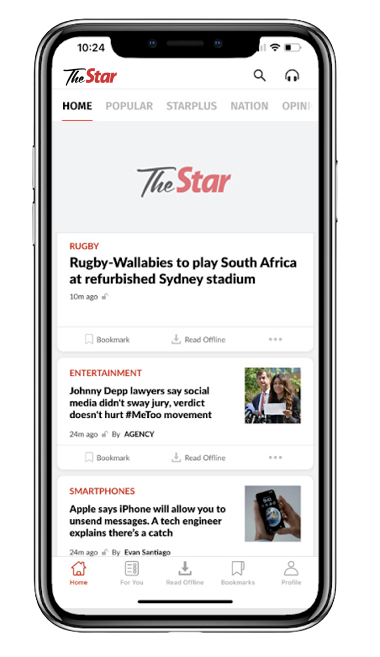
Economist Geoffrey Williams.
KUALA LUMPUR: Digital banks in Malaysia are increasing efforts to reach the underserved B40 group, especially those in rural areas, by integrating banking services into popular platforms and offering attractive incentives to encourage usage.
GX Bank Bhd, Aeon Bank (M) Bhd, and Boost Bank by Axiata and RHB, three of five licensed digital banks in Malaysia, are focusing on financial inclusion and literacy that target this community.
Many in the B40 group are more inclined to keep their savings at home and other banking facilities as they are still unaware of digital banks and their benefits.
Economist Geoffrey Williams said digital banking is a potential solution for unbanked customer segments, especially in low-income groups or isolated areas, as it provides access to services with little more than a phone and network coverage.
However, Williams said that the marketing of digital banks appears to be attracting the higher-income and youth markets, emphasising convenience for the rich and digital natives.
“So there appears to be a mismatch in the target groups or marketing strategy. Even digital nomads find it difficult to use digital banks in Malaysia because foreign customers are restricted or even refused,” he told Bernama recently.
He emphasised that the industry needs to change its mindset and approaches to refocus on core target markets.
“I would suggest all the current requirements be reviewed and see which appear to be barriers for the low-income groups,” he added.
Housewife Fatin Khalisa Abdul Hamid, 31, said she is aware of digital banks but has not opened a digital bank account so far.
“I still use a traditional bank because I am more familiar with their services and feel more comfortable with them. Besides, I don’t see a clear advantage to switching to a digital bank,” she said.
When asked whether she would consider opening a digital bank account in the future, she said she would be open to trying it if there are clear benefits, such as competitive interest rates, seamless mobile banking, and lower fees.
“I also want to ensure that customer support is accessible and reliable. Security and trustworthiness are important too, as I need to feel confident in managing my finances online,” she added.
Meanwhile, Indra Salim, the director of sales and partnerships at digital banking solution provider Audax, said education and accessibility are crucial to increasing digital-banking adoption, especially in rural areas where traditional banking infrastructure is limited.
“The only way to introduce these individuals to digital banking is through platforms they are already familiar with. For example, offering savings accounts and rewards via an app or shopping apps can be a game changer. It’s about meeting them where they are and offering value that is relevant to their lives,” he said.
He added that the concept of banking as a service or BaaS is gaining traction as a solution to reach customers unfamiliar with traditional banking systems.
Under this model, banks partner with non-financial platforms such as shopping apps to provide banking services directly through the apps, without users needing to leave the platform or even recognise the bank behind the service.
The goal is to offer financial products, such as savings accounts, credit lines and loans, through third-party apps, creating a seamless experience for users, he said. — Bernama










































